
Auto Expo 2018: Tata Motors To Showcase Tigor EV and Impact 2.0
- Jan 8, 2018
- Views : 3795

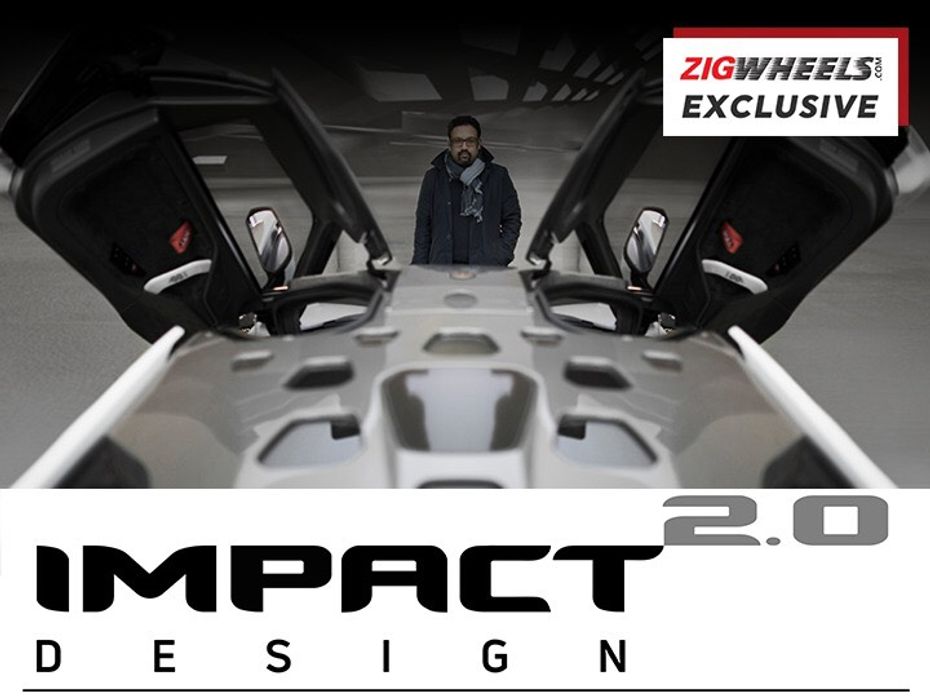
Although Tata currently builds its cars on six different platforms, it will employ only two platforms from now - the new Advanced Modular Platform (AMP), which was unveiled last year; and the Q platform, which is essentially the L550 platform that underpins the Land Rover Discovery Sport.
Tata Motors’ new range of products crafted by the Impact design language has given the Indian brand a big boost in the past few years. The Tiago, followed by the Hexa, Tigor and the recently launched Nexon, have managed to command serious attention from car buyers. Recently, Tata announced that it will be showcasing its new Impact 2.0 design at this year’s Auto Expo. We got to chat with Pratap Bose, head of design at Tata Motors, to get a clearer picture of what Impact 2.0-endowed Tatas will be like.
AN INTRODUCTION
Tata’s Impact 1.0 design language helped the carmaker get customers to showrooms and take a peek at the Tiago, while the launch of the Nexon helped Tata put a stylish compact SUV on the road. The aim of Impact 2.0 is to take things a step further. According to Bose, the Indian car market is unlike any other in the world. To stand out in such an extremely competitive market, one needs something unique that will grab the attention of the masses.
REDESIGN vs EVOLUTION
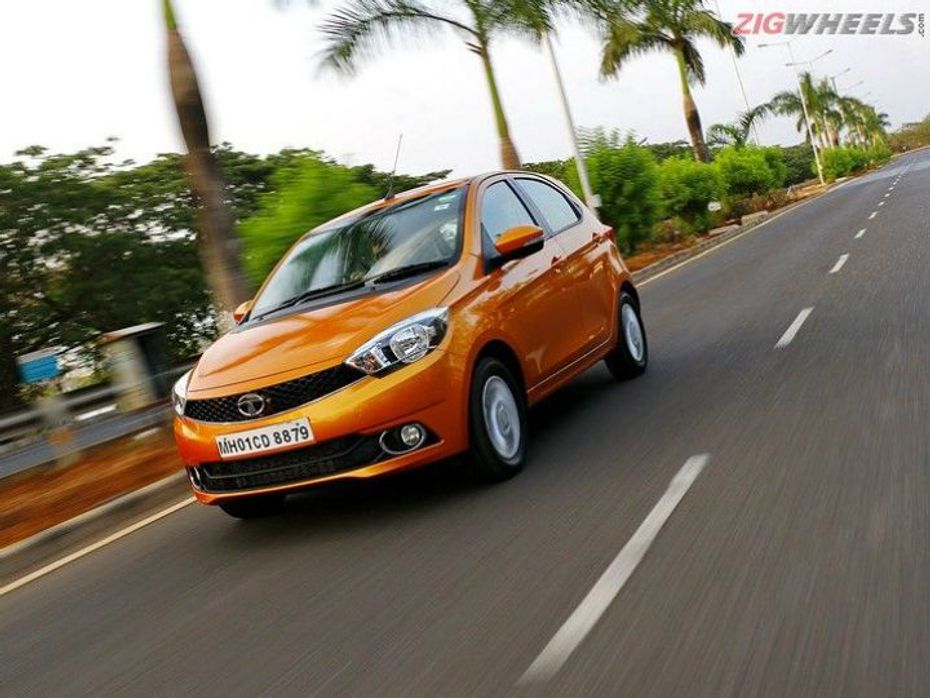
A radical redesign usually doesn’t sit well with the general public. It can be perceived as the brand failing to believe in its previous design philosophies, and thus, the need to bin the previous work and starting afresh. But that is not the case with Impact 2.0. Pratap highlighted this point by stating that the design language of a brand is the maintainer of the family heritage. He went on to say “You’ll see in Impact 2.0 all the three exterior design elements - slingshot, DLO and humanity line - they’re all there, all recognisable but they’re more evolved.”
According to Pratap, a few years down the line we will be able to see the evolution of the Tata design right from the first-generation Indica.
FROM THE GROUND UP
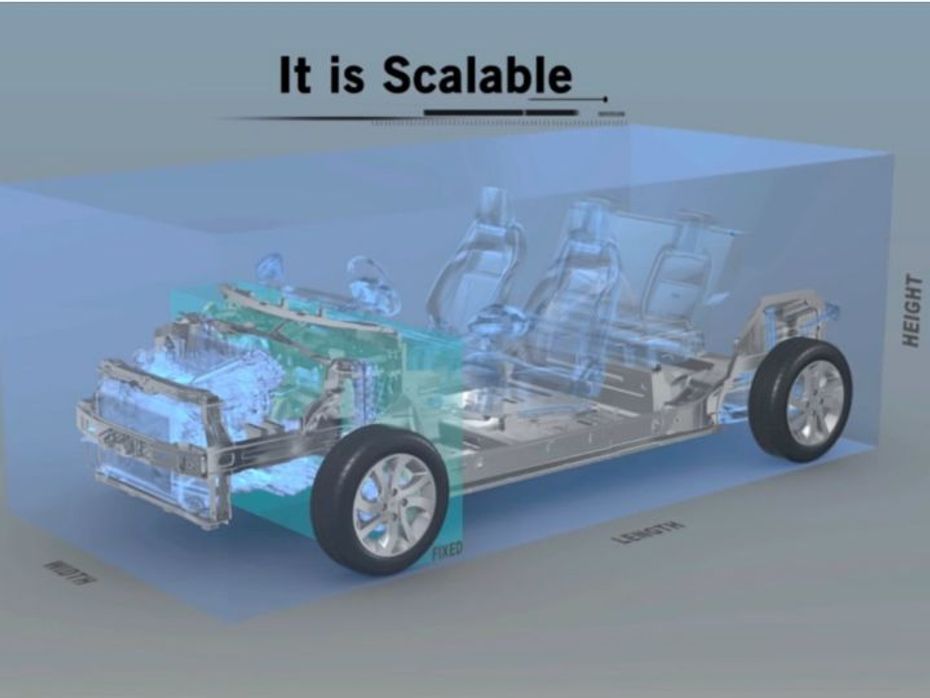
“It’s not that the engineering team came up with something and then handed it over to the design team and said, ‘Now please put an attractive cover over this’,” he commented. The design team was involved in developing the AMP platform from day one. “It’s absolutely fundamental to understand that very few design teams are involved in the concept of a platform itself because the platform happens every 15-18 years - you don’t change a platform every 2-3 years.” he added.
The AMP can underpin front-wheel-drive cars ranging from 3.8 metres to 4.4 metres in length, such as small hatchbacks to large crossovers. The Q platform, meanwhile, can underpin vehicles ranging from 4.4m to 4.8m in length, which makes it ideal for full-size SUVs. The AMP can easily accommodate 18-inch wheels while the Q platform can take wheels up to 21 inches in diameter. This flexibility opens up the possibility of Tata cars being exported to more markets.
CARS EXPECTED
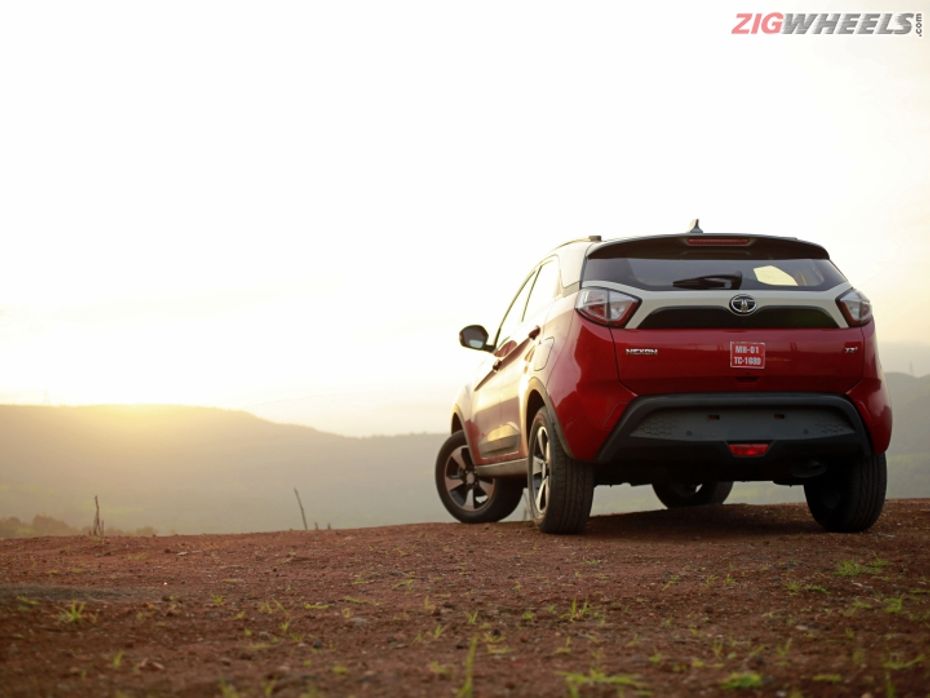
Tata will be looking at adding more hatchbacks to its portfolio. So, a hatch smaller than the Tiago is definitely on the cards. The X451 premium hatch, set to go up against the likes of the Maruti Suzuki Baleno and Hyundai Elite i20, will also sport the Impact 2.0 design language. In addition, the Q501 full-size SUV will certainly come as well. Bose also pointed out that the Impact 1.0 spawned only four products but the 2.0 will be looking at a much wider range of vehicles.
The Advanced Modular Platform will allow the carmaker to go in for a variety of body shapes, wheelbase and track sizes, making the possibilities endless. Tata will also be looking at developing cars that can fit in between segments.
IMPACT ON INTERIORS
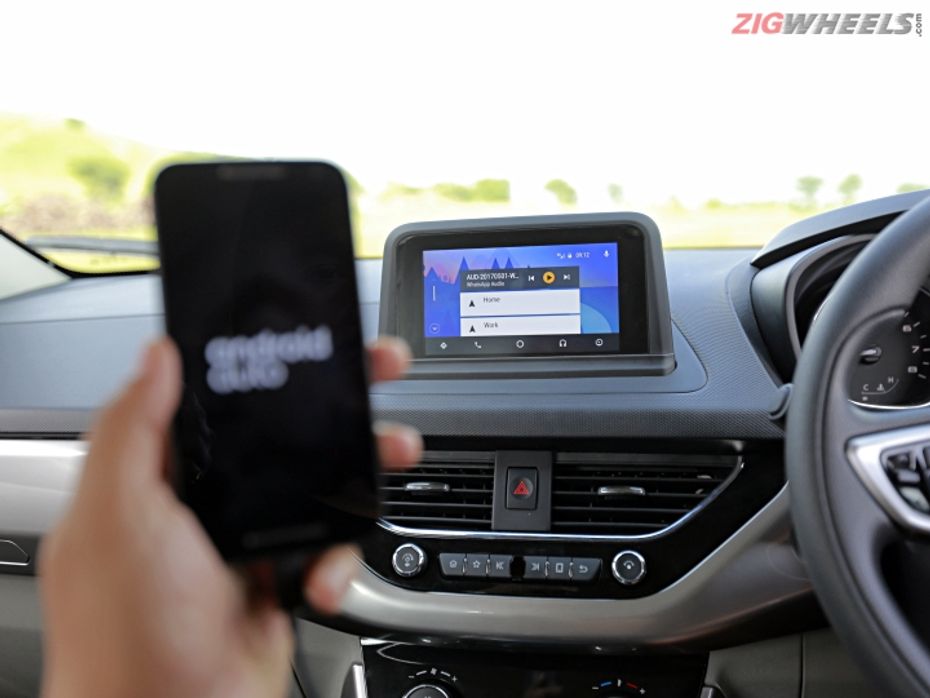
The inspiration for the cabin, including texture, grain and design patterns, has been drawn from Indian architecture, albeit with a subtle and contemporary twist. The concepts present at the Auto Expo could give us a glimpse into what we can expect to see from the Indian manufacturer in the years to come. However, Bose confirmed that the Impact 2.0 will carry forward the floating screen display of the Nexon. The screen will not get taller but will definitely be wider.
GOING GLOBAL
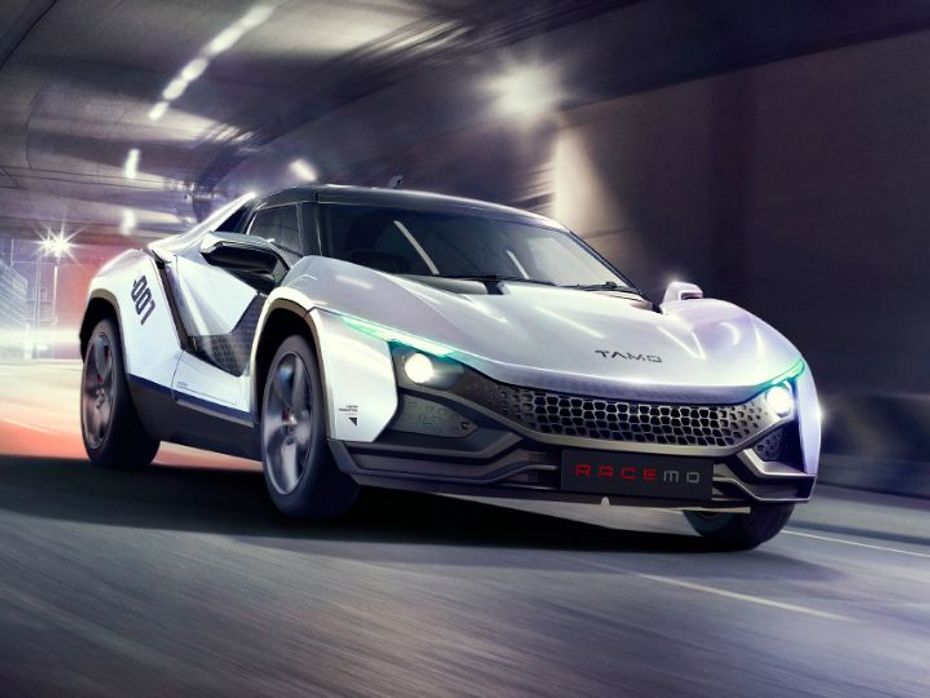
Having these two platforms in its portfolio enables Tata Motors to develop products that can be adapted to the Indian market while simultaneously being competitive on a global level with slight modifications.
Tata has come a long way from making the Indica to the Tiago, not only in terms of design but in terms of overall quality and brand recognition as well. With Impact 2.0, the Indian carmaker seems to be heading in the right direction, darting towards being recognised as a truly global brand. What this new direction looks like in the flesh, we will only know at the 2018 Auto Expo. Till then we wait. Fingers crossed!

Auto Expo 2018: Tata Motors To Showcase Tigor EV and Impact 2.0

Tata Tigor EV Rolls Out Of Sanand

Tata Nexon Road Test Review

Tata, Jaguar Land Rover And Ford Kickstart UK’s ‘Autodrive’...

Here Is The List Of All Tata Cars Likely To Be Launched In 2025

Auto Expo 2025: Tata Sierra ICE Concept Breaks Cover, All Details...

2025 Tata Nexon Introduced With 3 New Variants And 2 New Colours

Tata Reveals Sierra ICE Concept For The First Time At Bharat Mobility...

Here Is Close-up Look At New Tata Avinya X Concept Unveiled At Auto...

Tata Sierra: All Things You Would Want To Know About The Iconic Tata...
India's largest automotive community
 Auto Expo 2025: Toyota Hilux Black Edition Explained In 10 Images
Auto Expo 2025: Toyota Hilux Black Edition Explained In 10 Images
 India’s Most Affordable Car, The Vayve Eva Is Priced From Rs 3.25 Lakh! Here Is A Look At All Of Its Variants!
India’s Most Affordable Car, The Vayve Eva Is Priced From Rs 3.25 Lakh! Here Is A Look At All Of Its Variants!
 As The Kia Syros Reaches Dealerships Check Out The Pros And Cons Before You Get One Home
As The Kia Syros Reaches Dealerships Check Out The Pros And Cons Before You Get One Home
 No More Diesel-iMT Powertrain In India, As Kia Discontinues It For The Sonet, Seltos And Carens
No More Diesel-iMT Powertrain In India, As Kia Discontinues It For The Sonet, Seltos And Carens
 Vayve Mobility Eva
Rs. 3.25 Lakh
Vayve Mobility Eva
Rs. 3.25 Lakh
 BMW X3
Rs. 75.80 Lakh
BMW X3
Rs. 75.80 Lakh
 Hyundai Creta Electric
Rs. 17.99 Lakh
Hyundai Creta Electric
Rs. 17.99 Lakh
 Lotus Emira
Rs. 3.22 Crore
Lotus Emira
Rs. 3.22 Crore
 Lotus Emeya
Rs. 2.33 Crore
Lotus Emeya
Rs. 2.33 Crore